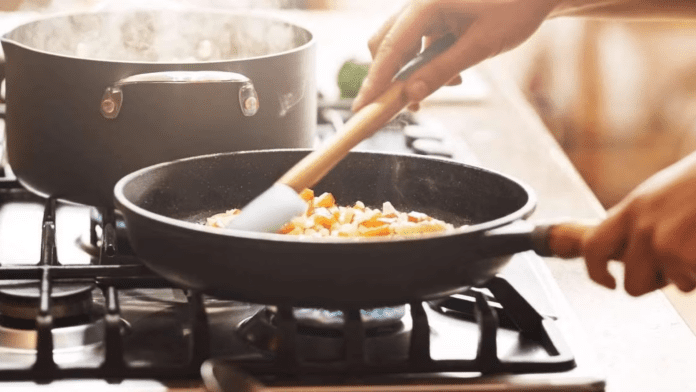Indian cuisine is renowned for its rich flavors, vibrant spices, and diverse range of dishes. Whether you’re a seasoned cook or just starting out, mastering Indian cooking techniques can be a rewarding and exciting journey. However, like any culinary endeavor, there are common mistakes that can hinder your progress and prevent you from achieving the authentic taste and texture of Indian dishes. In this article, we will explore five common blunders in Indian cooking and provide practical tips to fix them. By avoiding these mistakes, you can elevate your cooking skills and become a master chef in your own kitchen.
Mistake 1: Overuse of spices
One of the most common mistakes in Indian cooking is the overuse of spices. While spices are the heart and soul of Indian cuisine, using them in excessive quantities can overpower the dish and make it unpalatable. It’s crucial to strike a balance between the flavors of different spices and let them enhance the taste of the dish rather than overwhelm it.
To fix this mistake, start by familiarizing yourself with the spices commonly used in Indian cooking. Experiment with small amounts of each spice and gradually increase or decrease the quantity based on your taste preferences. Remember that spices should complement each other and work in harmony to create a well-rounded flavor profile. Additionally, consider using freshly ground spices for optimal flavor and aroma.
Mistake 2: Undercooking or overcooking lentils and beans
Lentils and beans are staple ingredients in Indian cuisine, providing a good source of protein and essential nutrients. However, achieving the perfect texture when cooking lentils and beans can be challenging. Undercooking them can result in a hard and unappetizing consistency, while overcooking can lead to a mushy texture.
To avoid this mistake, it’s essential to follow the cooking instructions for each type of lentil or bean. Different varieties have varying cooking times, so be sure to adjust accordingly. Pre-soaking lentils and beans can also help reduce cooking time and ensure even cooking. Test the doneness of the lentils or beans by tasting them periodically. They should be tender but still hold their shape.
Mistake 3: Using the wrong type of rice
Rice is a staple food in many Indian households and plays a crucial role in various dishes such as biryanis and pulao. However, using the wrong type of rice can significantly impact the final result. Different types of rice have distinct textures, flavors, and cooking requirements.
To avoid this mistake, choose the appropriate rice variety for your dish. Basmati rice is commonly used in many Indian recipes for its long grains and aromatic flavor. However, there are other varieties such as Sona Masoori or Jasmine rice that work well in specific dishes. Follow the recommended cooking instructions for the type of rice you are using to achieve fluffy, separate grains.
Mistake 4: Not tempering spices
Tempering spices, also known as tadka, is a technique widely used in Indian cooking to enhance the flavor of the dish. It involves heating oil or ghee and adding whole spices, such as cumin seeds, mustard seeds, or curry leaves, to release their aromatic oils. This step is often skipped by beginners, resulting in a loss of depth and complexity in the dish.
To fix this mistake, incorporate tempering into your cooking process. Heat oil or ghee in a pan and add the whole spices. Allow them to sizzle and release their flavors before adding other ingredients. The tempering process adds a distinct aroma and flavor to the dish, elevating its overall taste.
Mistake 5: Using cold water to make dough
In Indian cuisine, various types of dough are used to make bread, such as roti, naan, and puri. Using cold water when making the dough is a common mistake that can result in tough and chewy bread. The temperature of the water used to make the dough plays a crucial role in achieving the desired softness and elasticity.
To avoid this mistake, use warm water when making dough. The warm water helps activate the gluten in the flour, resulting in a softer texture. Gradually add the warm water while kneading the dough until it reaches the right consistency. This will ensure that your bread turns out light, fluffy, and delicious.
Final Thoughts:
Indian cooking is an art that requires practice, patience, and an understanding of the fundamental techniques. By avoiding these common mistakes in Indian cooking, you can enhance the flavors of your dishes and become a master chef in your own kitchen. Remember to strike a balance with spices, cook lentils and beans to the perfect texture, use the right type of rice, temper your spices, and use warm water when making dough. With these tips, you can elevate your Indian cooking game and delight your family and friends with authentic and delicious flavors. Happy cooking!





